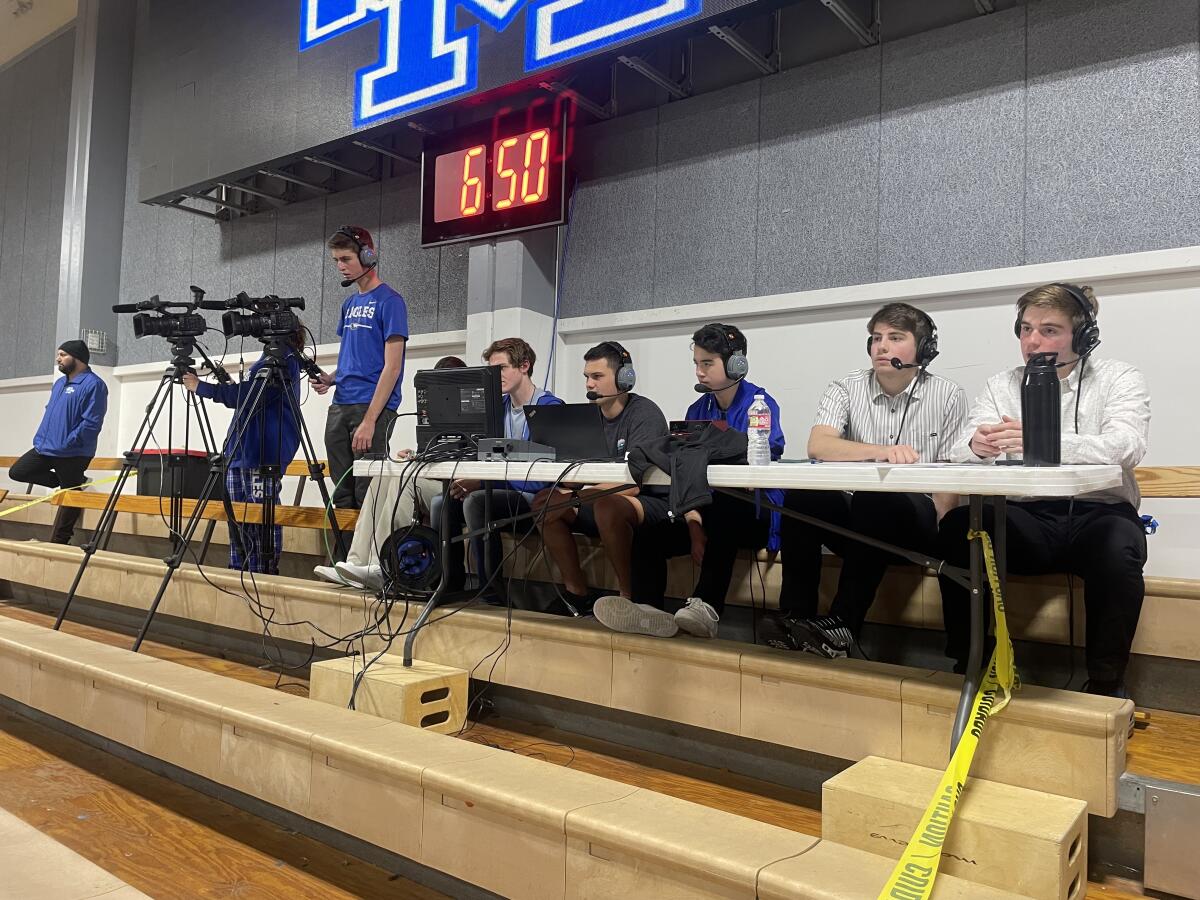
In the modern digital era, the distribution and consumption of sports content heavily hinge on sports broadcast 스포츠티비 rights. While grasping these rights may seem intricate, it proves vital for all sports enthusiasts, be it fans, broadcasters, or sports entities. This detailed guide immerses you in the realm of sports broadcast rights, encompassing fundamental principles alongside advanced insights.
What Are Sports Broadcast Rights?
Sports broadcast 스포츠티비 rights encompass the authorized permissions given to broadcasters or media firms to air sports events across diverse platforms. These rights are usually obtained through agreements between sports leagues, teams, or event organizers and broadcasters. They can span television, radio, online streaming, and mobile platforms.
Types of Sports Broadcast Rights
- Television Rights involve broadcasting sports events on TV channels, utilizing cable, satellite, or over-the-air signals.
- Radio Rights: Radio broadcast rights enable stations to deliver live commentary and updates on sports events.
- Digital Rights: This pertains to streaming sports events online via websites, apps, and various digital platforms.
- Mobile Rights: This is specifically for broadcasting sports content on mobile devices, including smartphones and tablets.
- International Rights: These rights allow broadcasters to show sports events in countries outside the event’s home country.
The Importance of Sports Broadcast Rights
Revenue Generation
One key factor contributing to the value of sports broadcast rights lies in the revenue they yield. Sports leagues and teams frequently secure multi-million dollar agreements with broadcasters to guarantee wide viewership of their games. Such earnings play a pivotal role in financing operations, player salaries, and infrastructure.
Global Reach and Brand Exposure
Broadcast rights enable sports organizations to expand their global reach. Collaborating with international broadcasters allows sports events to captivate viewers worldwide, boosting brand visibility and broadening the fan base.
Viewer Accessibility
Securing sports broadcast rights guarantees fans access to their beloved sports events across multiple platforms. This accessibility plays a crucial role in nurturing and expanding a sport’s fan community by enabling viewers to enjoy games live, on-demand, or through highlights.
How Sports Broadcast Rights Are Acquired
Negotiation Process
Acquiring sports broadcast rights entails intricate negotiations between sports entities and broadcasters. These discussions encompass coverage breadth, agreement duration, and financial terms.
Bidding Wars
In many cases, broadcasters engage in bidding wars to secure exclusive rights to major sports events. The highest bidder usually wins the rights, leading to substantial financial agreements that reflect the event’s potential viewership and commercial value.
Licensing Agreements
Upon finalizing the negotiation, a licensing agreement is executed. This contract delineates the specifics of the broadcast rights, encompassing the number of games to be aired, the broadcast’s standard, and the geographical areas included.
Key Players in the Sports Broadcast Rights Market
Sports Leagues and Teams
Sports leagues (such as the NFL, NBA, or FIFA) and individual teams hold the primary rights to their games and events. They negotiate with broadcasters to license these rights, often leveraging their popularity to secure lucrative deals.
Broadcasters
Broadcasters are media companies that acquire sports broadcast rights to deliver content to audiences. These can be traditional TV networks, radio stations, or digital platforms like ESPN+, DAZN, or Peacock.
Streaming Services
The ascent of digital media has elevated streaming services to key players in the sports broadcast rights arena. Companies such as Netflix, Amazon Prime Video, and Hulu are progressively channeling investments into sports content to lure subscribers.
The Impact of Technology on Sports Broadcast Rights
Digital Transformation
Digital technology has revolutionized sports event broadcasting and consumption. High-definition (HD) and ultra-high-definition (4K) broadcasts enhance viewer experience with clearer visuals.
Streaming Platforms
Streaming platforms have transformed sports broadcasting with convenient, on-demand access to sports content. This flexibility enables viewers to watch games at their own pace and on multiple devices, enhancing the sports viewing experience.
Virtual Reality (VR) and Augmented Reality (AR)
Emerging technologies like VR and AR are enhancing the sports viewing experience. VR can provide immersive, 360-degree views of sports events, while AR can overlay additional information and graphics during broadcasts.
Legal and Ethical Considerations
Exclusive vs. Non-Exclusive Rights
Broadcast rights can either be exclusive, giving one broadcaster sole event airing rights, or non-exclusive, allowing multiple broadcasters to cover it. While exclusive rights usually entail higher costs, they offer superior content control.
Territorial Restrictions
Sports broadcast rights are frequently limited by geographic boundaries. Consequently, an event aired in one area may not be accessible in another. These territorial constraints are implemented to optimize earnings and safeguard the investments of local broadcasters.
Intellectual Property Rights
Broadcasting sports content entails managing intellectual property rights, such as trademarks, logos, and branding elements. Broadcasters must respect these rights and avoid any infringement on the intellectual property associated with the sport.
The Future of Sports Broadcast Rights
Increased Competition
The sports broadcasting rights market is growing more competitive, with traditional broadcasters challenged by digital and streaming platforms. This shift is driving the evolution of creative and diverse methods for delivering sports content.
Globalization
With sports’ increasing globalization, the need for international broadcast rights is on the rise. This trajectory is expected to persist, driven by sports organizations aiming to connect with global audiences and optimize revenue streams.
Enhanced Viewer Experiences
The evolution of sports broadcasting is poised for ongoing technological strides, promising heightened viewer engagement and interactivity. Cutting-edge enhancements such as AI-powered highlights, tailored content, and sophisticated analytics are set to define the future landscape of sports presentation.
Conclusion
Comprehending sports broadcast rights is crucial for individuals in the sports industry or with a passion for sports. From revenue generation and worldwide reach to technological progress and legal implications, sports broadcast rights are integral in the distribution and consumption of sports content. As technology and competition progress, the realm of sports broadcasting will undergo a continuous transformation, presenting fresh opportunities and experiences for fans globally.
Equipped with a solid understanding of these principles, stakeholders can effectively maneuver through the intricate landscape of sports broadcast rights, positioning themselves as leaders in this ever-evolving industry.

